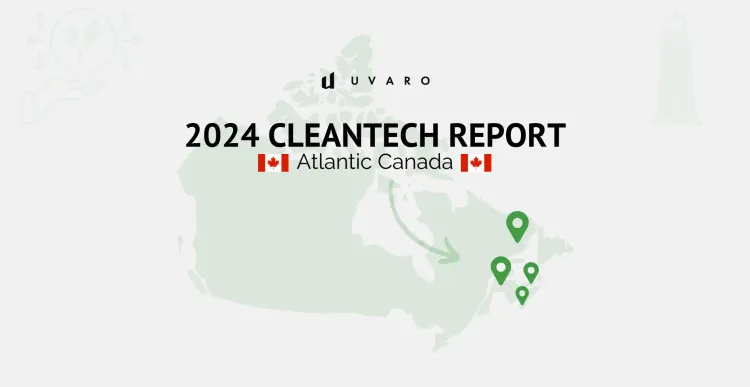Artificial Intelligence Continues To Impact Everything! (More Than Just Tech)
Artificial Intelligence is very much the future. Take a look around you right now and you can see how it has made its way into every repetitive task we ever had. Well not every task, but you get the point!
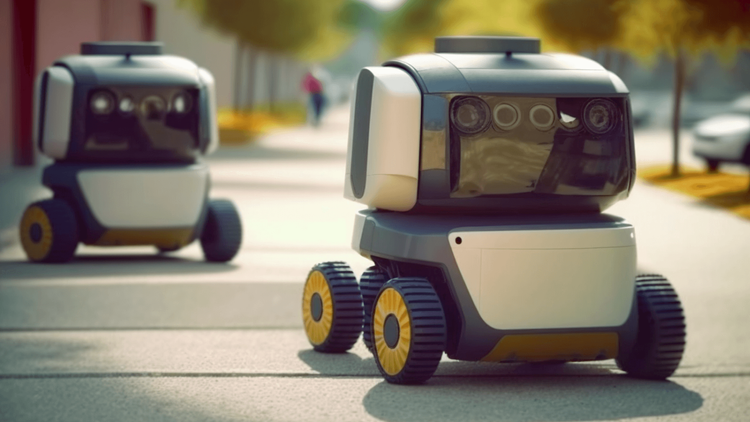
Aug 23, 2022
In 2021, artificial intelligence has evolved dramatically. It's no longer just a tech thing. AI has a place in many industries, including customer service, travel, and food and beverage.
Combined with technologies like robotics, big data, and IoT, artificial intelligence can now learn to perform a task at increasingly high levels. Starting with some input in their coding, AI can access historical data, are taught how to perform tasks, and the technology scales and evolves independently.
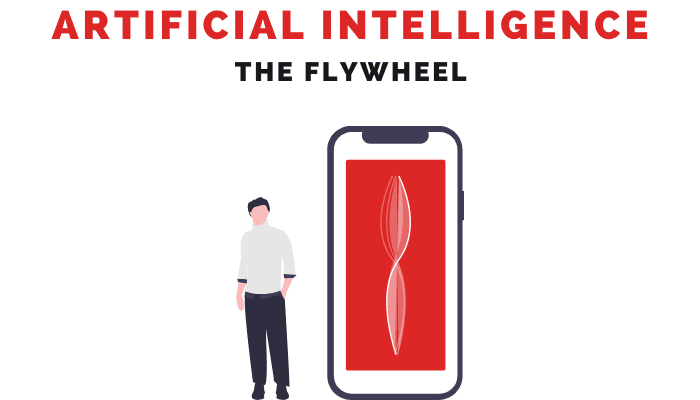
While there is immediate value in using artificial intelligence, the virtuous cycle referred to as a flywheel outlines AI evolution.
The AI Flywheel
- Artificial intelligence helps companies create superior products.
- AI increases productivity.
- AI leads to better customer experiences,
- which leads to an increase in customers.
- New customers share new data with the AI.
- The new data combines with previous data to create better AI algorithms,
- which leads to the creation of better products and experiences.
- Which brings in new customers……
- And the cycle continues.
Within this article, you will read some real-life examples of AI use. Also included are the most common uses of AI and how AI affects tech sales.
The Most Common AI Uses
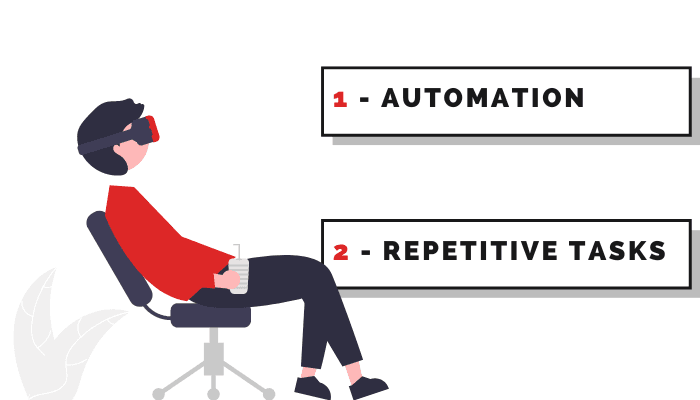
1 - Automation
Businesses use automation to complete highly repetitive and predictable tasks. The repetition involved reinforces the manual configurations, allowing for deep learning, but automation requires human supervision.
However, AI automation is different. AI acts upon broadly defined rules put into place by humans and determines the path to task completion. Then, it learns what is effective and what is not, so it constantly improves and evolves, without supervision.
Some of the automated tasks that AI completes include facial recognition, and computer vision. Following algorithms and using machine learning and deep learning to function as neural networks enables AI to learn to improve their productivity. However, a lot of the artificial intelligence that uses machine learning assists humans by offering suggestions for the next best step. Then, the human can determine which suggestion to use.
2 - Repetitive Tasks
Businesses can complete tasks more quickly and with more personalization with artificial intelligence. Plus, with the mundane tasks outsourced to AI, humans can genuinely improve their companies. They can focus on how to use the data they've collected as insights that bring a higher sense of value to their consumers instead of classifying spreadsheets or typing the same sentence repetitively.
AI constantly evolves and can complete many tasks at once, and they are always working. They will fight for the KPIs you set to the death!
In a Harvard Business Review article, James Wheaton and Andrew Nguyen studied 152 businesses projects. The most commonly performed task by artificial intelligence was automation.
Users automate financial and administrative tasks most, using Robotic Process Automation technologies (RPA). RPA is a more sophisticated form of business automation tool because the code on a server behaves like humans adding and consuming information from many sources.
The businesses surveyed automated tasks like:
- Data transfer from email and call centers into systems
- Replacement of lost debit and credit cards
- Updating customer accounts
- Translating legal jargon.
Artificial Intelligence in Customer Service

Messaging applications tied to social media websites are essentially a separate entity from the social media site itself. Brands have seen how easy it is to engage with customers through these platforms and employ chatbots to nurture their customer connections. They provide instant responses, better communication, and an improved user experience for the customers. Supported by personalization and contextualization, chatbots create consumer bonds in a fraction of the time it has historically taken.
Social media chatbots help marketers juggle multiple platforms, and the attachment to the social media platform is incremental in chatbot use. Consumers are more likely to use the chatbot if it is part of an application they use regularly, and they are already there- on social media.
Artificial Intelligence in Food and Beverage

Artificial Intelligence is increasingly present in the food and beverage industry. One example is "Smile to Pay," which some KFC restaurants in China use. The parent company, Yum China Holdings Inc, paired the technology with a health-focused menu revamp to attract younger customers.
Customers pay for their meals by scanning their faces at a kiosk, backing their facial recognition with their phone number to ensure people cannot abuse the technology. The technology combines a liveness detection algorithm and a 3D camera to ensure that people do not use others' photos or videos to pay.
Since its release in 2017, many companies have used the Smile to Pay technology. Sometimes, it allows customers to pay with their faces. Sometimes, it enables people to unlock their smartphones.
Post-COVID Era
With contact-free services integral during the pandemic, a Pasadena brand called PopID rolled out the first United States-based payment system based on facial recognition. From regional chains like Lemonade to mom-and-pop shops, customers can add cash to their Pop Pay account with a bank account or credit card and add a selfie to their account. Then, they can use their Pop Pay account anywhere Pop Pay is accepted. Customers simply need to gaze into the PopID kiosk or tablet and verify their name when making a purchase. Then, the application withdraws the money from their account.
Artificial Intelligence in Travel
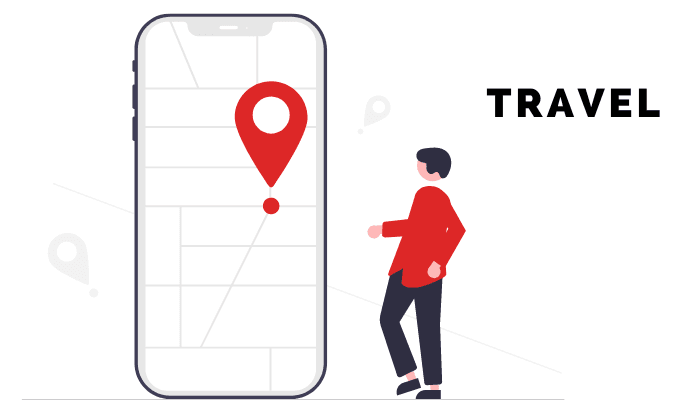
Whether you are traveling in your hometown or traveling to someplace across the world, there are plenty of different types of AI you might utilize. For example, by the year 2040, over 33 million autonomous vehicles will be available.
Self-Driving Cars
The AI used in self-driving cars monitors the trip via sensors that capture thousands of data points per millisecond. Some of the data monitored include road conditions, car speed, the presence of pedestrians, traffic, etc. All of this data is captured, interpreted, and acted upon instantly. While self-driving cars are not yet operated entirely by AI, we are well on our way to that.
Travel Arrangements
Travelers use AI to do things like making travel arrangements. An additional factor in this technology is the usage of smartphones. We are always connected to the world, from the palm of our hands, using these devices. Studies show that over 70% of users have booked their trips on their phones, researched landmarks, and found travel tips on their smartphones. Additionally, one-third of users have planned their trips with a virtual travel assistant.
Virtual Assistant
A virtual travel assistant is a type of chatbot that facilitates like-human interactions with users, allowing faster response times and better booking prices. This technology is programmed for natural language processing (NLP), so it understands questions and requests and can obtain user preferences from various cues.
Another type of AI, Hopper, used within a mobile app, uses historical hotel and flight data to recommend the lowest price for bookings. The software predicts patterns by analyzing previous data.
Translation
Transcription applications, like Google Translate, can translate languages for users. Google Translate translates around 150 billion words per day, using rewriting-based paradigms, on-device processing, and neural machine translation. In 2020, Google made notable progress towards translating less commonly used languages, primarily since the technology draws upon the previously published text. It can be difficult for the applications to translate the languages correctly with fewer examples from which to draw.
How AI is impacting Tech Sales
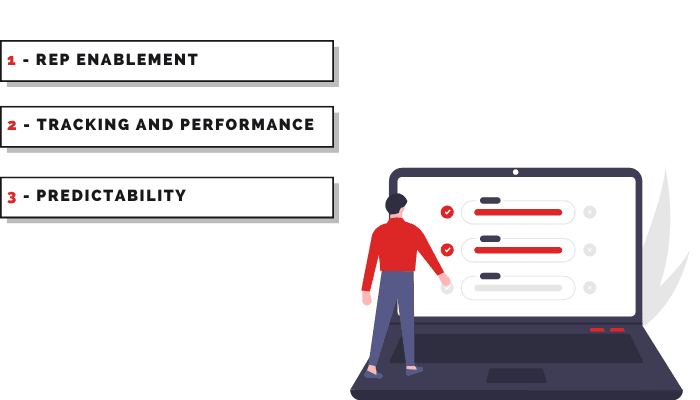
1 - Rep enablement
Since many of the repetitive tasks are automated and assigned to AI, sales representatives can focus on growing revenue. Salesforce published its State of Sales report, stating that sales leaders believe AI adoption will grow more quickly than other technology.
2 - Tracking and performance
AI is fed large datasets, which it analyzes, using advanced computer science techniques and computational power. AI uses data to make predictions that teams can use to improve their performance
3 - Predictability
As time passes, the AI accumulates more data to ensure accurate predictions. It continues to learn and evolve over time, with minimum to no human involvement.
Where is AI headed in the future?
As exciting as artificial intelligence is currently, one can only imagine how exciting it will be in the future. Consider the growth of AI in the world throughout the pandemic. In a matter of months, the tech world advanced as much as it expected to do so in five years. Here are some statistics that demonstrate recent AI growth.
Artificial Intelligence Growth Throughout the Pandemic:
- Over 85% of companies surveyed by PwC report that "AI is becoming a mainstream technology" for them in 2021.
- 52% of businesses polled say they sped up adopting artificial intelligence due to the pandemic.
- 67% of businesses surveyed by Harris Poll and Appen say they will continue to accelerate their strategy for artificial intelligence moving forward.
- The AI Journal found [PDF] that 72% of companies positively anticipate the future of AI in their company.
- 55% of those companies believe artificial intelligence will create innovative business models.
- 54% think artificial intelligence will aid in the creation of new services and products.
There are many more high-tech developments on the horizon, though. Web 3.0 is on its way and is expected to be built upon blockchain technology, specifically Non-Fungible Tokens (NFT). The switch will provide unmatched privacy protection for users, but there is more.
What is Web 3.0?
Web 3.0, AKA the Spatial Web will include 3D experiences and break down the barrier between digital content and physical objects. For example, you might search for an address, which will prompt a 3D map to pop up on-screen.
Technologies that will dominate Web 3.0 include:
- Virtual and augmented reality (VR/AR)
- Geolocation
- IoT sensors and devices
- Advanced networking
- Blockchain technology
- Machine Learning
- Artificial Intelligence
The key takeaway is that artificial intelligence has a multitude of applications in most of today's industries. AI is gaining momentum from making predictions that help the sales team score the next big lead to chatbots. Through the automatic evolution of artificial intelligence technology and the innovative minds of technology inventors, just about anything is possible for artificial intelligence.
Learn to sell the tools that are getting enhanced by AI with the help of Uvaro's tech sales courses! You get the perfect blend of world-class sales training, program-based career support, and a powerful community behind you as you embark on the path towards your dream career. If you're ready to sell the AI tech of the future, apply today and get your sales career started with Uvaro!


